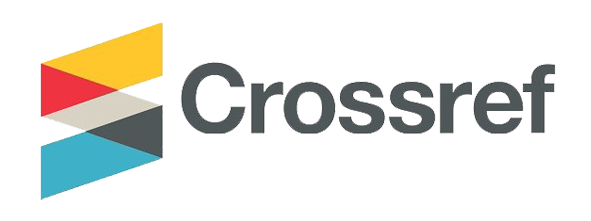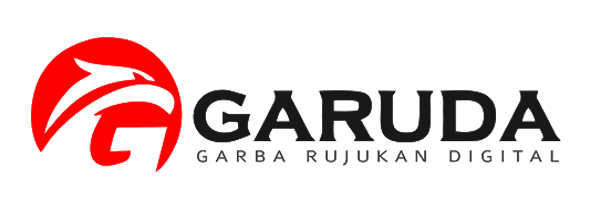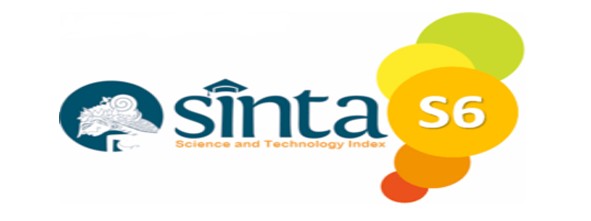Upaya Meningkatkan Hasil Belajar Siswa Melalui Metode Pembelajaran Timeline Mata Pelajaran SKI Kelas VII MTS Al-Ma'arif Gebang
DOI:
https://doi.org/10.51178/invention.v2i2.569Keywords:
Learning Outcomes, Timeline Learning Methods, SKI SubjectsAbstract
In the world of education, we often find the use of learning methods that are less effective and less precise. This of course greatly affects the learning outcomes that can be obtained by children. The learning method is one of the methods used by teachers in establishing relationships with students during the learning process. The use of wrong or inappropriate learning methods will only complicate or slow down the goals of an education. The timeline method in SKI learning can make learning more active, both in terms of active students and make the class more crowded because students will try to understand themselves and their friends. This research was carried out with the aim of 1) To determine student learning outcomes after using the time line method. 2) To find out how the time line method is carried out. 3) To find out how the time line method can improve student learning outcomes The method used in this research is the classroom action research method. The data used are qualitative and quantitative data. The number of samples studied was 25 people. The method used in this research is quantitative data analysis and observation as qualitative data. The results of this study indicate that the implementation of the timeline method in cycle II is more improved than in cycle I. The application of the timeline method in cycle I reaches an average percentage of 47.62%, but in cycle II it increases to 76.19%. This shows that the application of the timeline method in improving students' abilities in ski subjects increased by 20%. The timeline method is a very active method for students, because the timeline method provides positive benefits for student learning activities. In addition, student activities that are less focused, such as not concentrating, chatting with their peers and others will be avoided and minimized.
Downloads
Published
Issue
Section
License
Copyright (c) 2021 Invention: Journal Research and Education Studies

This work is licensed under a Creative Commons Attribution-ShareAlike 4.0 International License.











